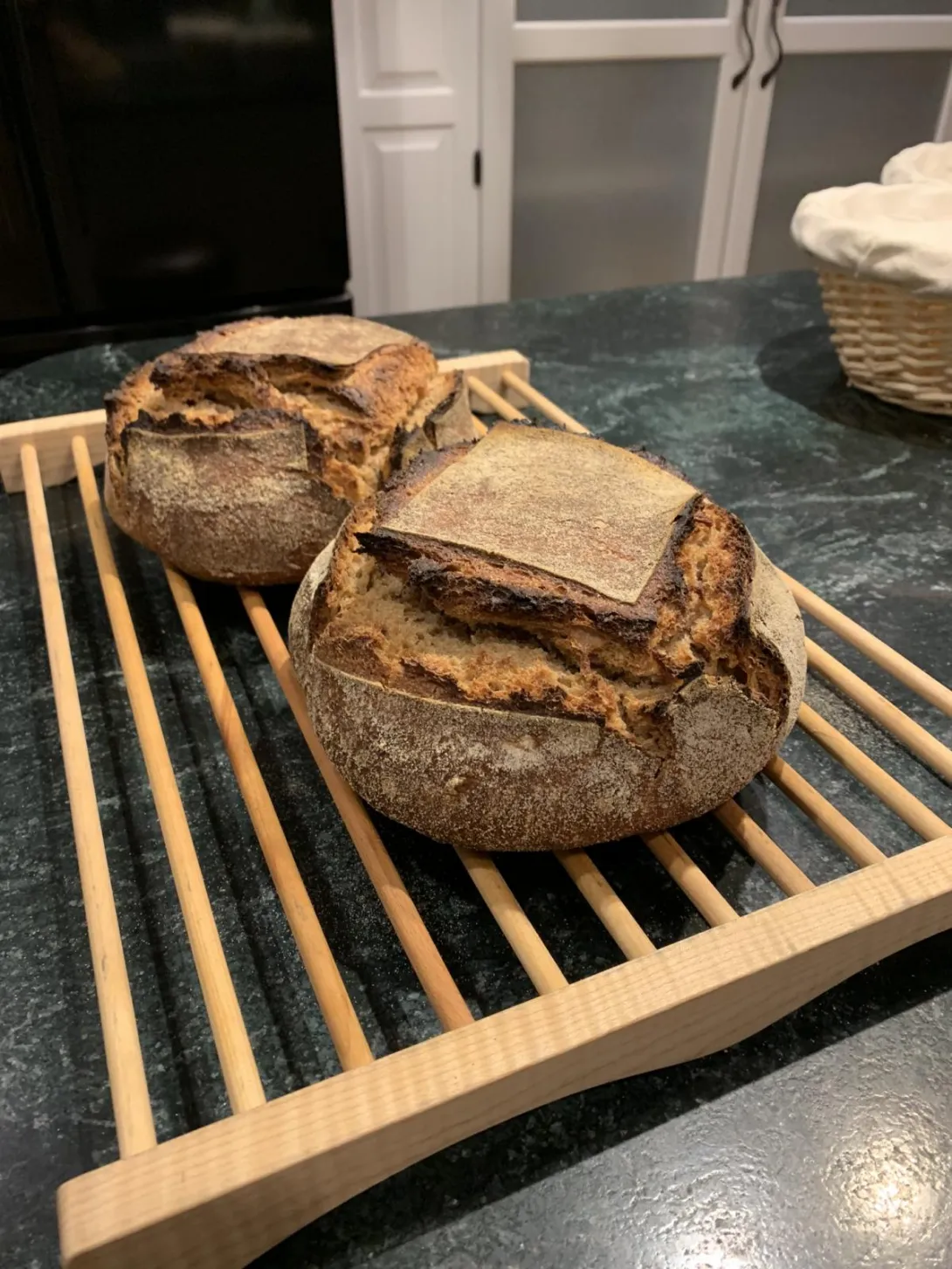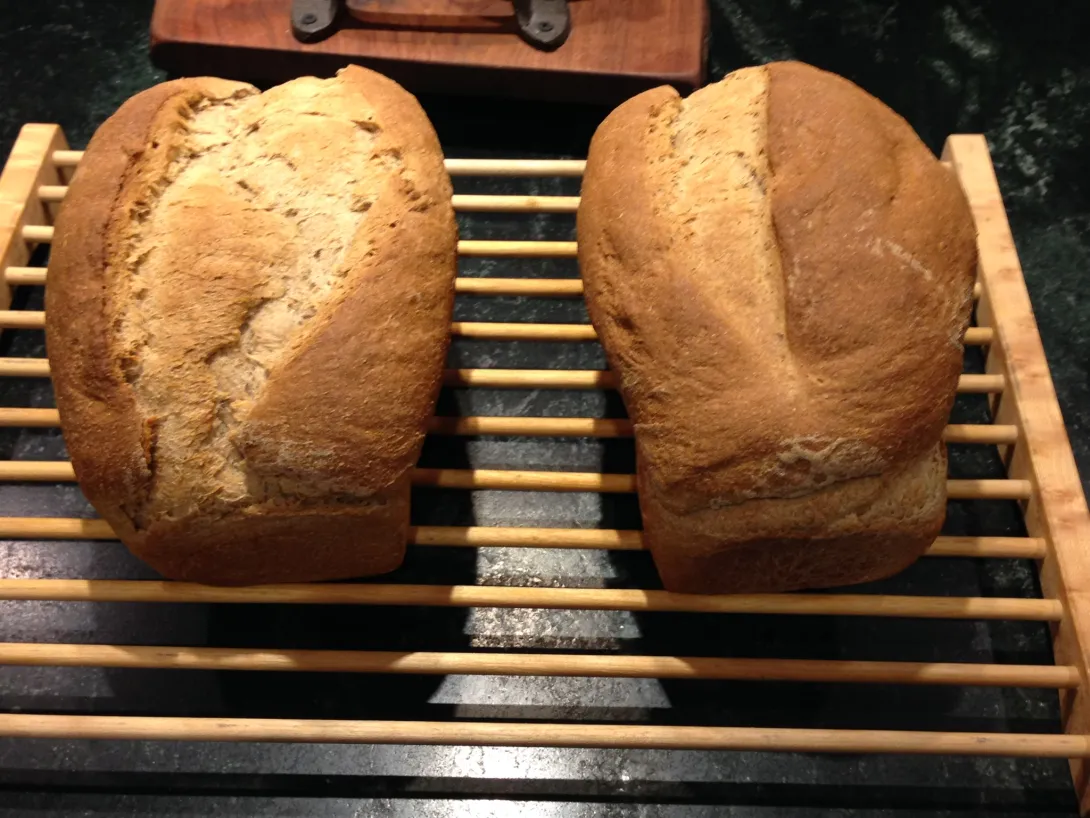A new chapter
We knew that 2020 would be a momentous year, long before we ever heard of COVID-19. We had no idea just how much the virus would affect our plans.
Fortunately for us, we have not had to endure any illness. Nor have we lost any family members or friends to the disease. We recognize that as a true blessing and are grateful.







